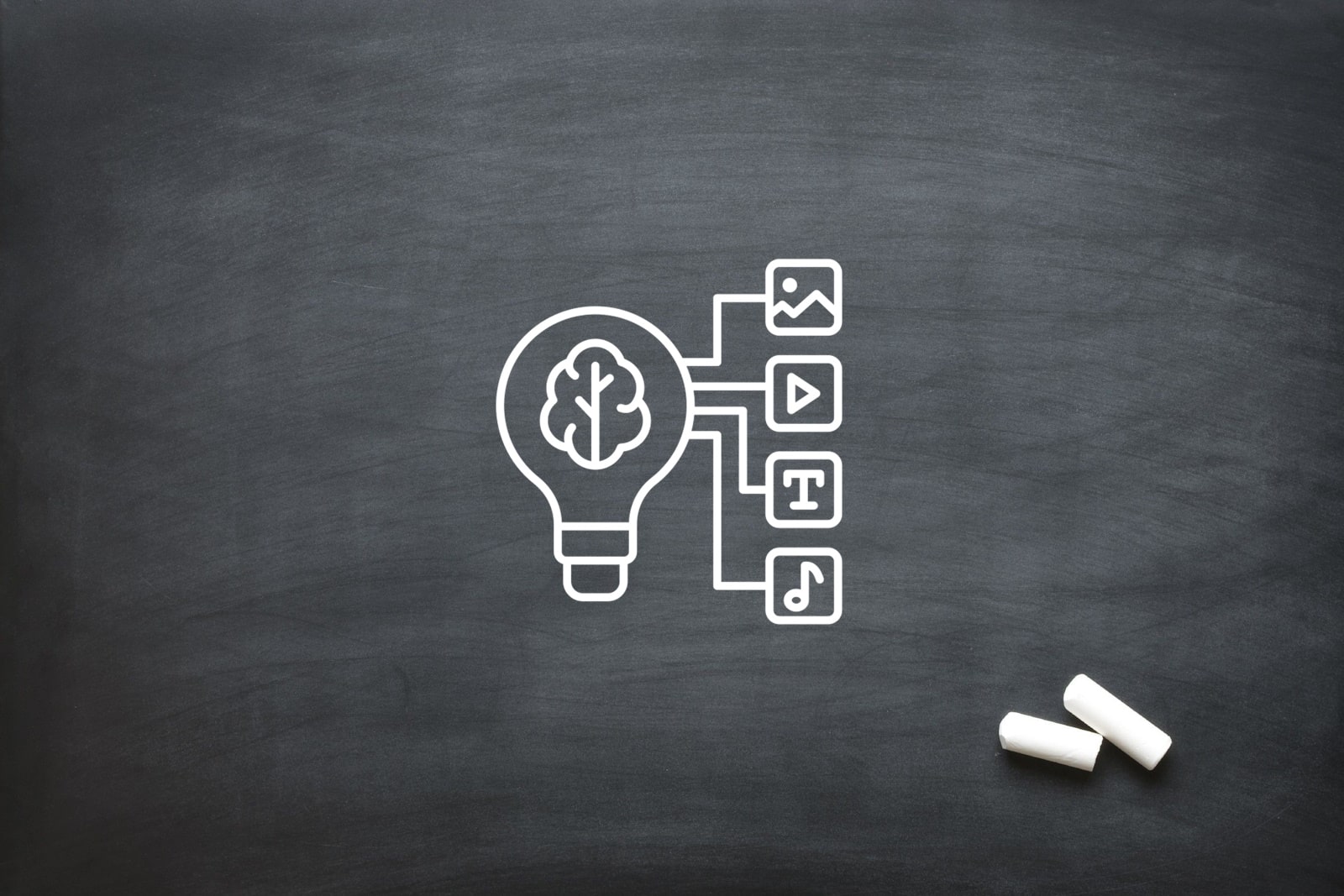
Working with a 2D Character Animation Studio in South Africa
2D character animation is one of the most popular forms of animation today. It’s an effective way to communicate a message in a visually compelling perspective. For businesses, 2D character animation can be used to create engaging marketing campaigns and even explain complex topics in an easy-to-understand manner. For many foreign businesses it is the perfect medium for extending their marketing budget. An entire campaign of 2D animated videos can be produced completely remotely. Allowing a foreign company to maximise their budget through favourable exchange rates.
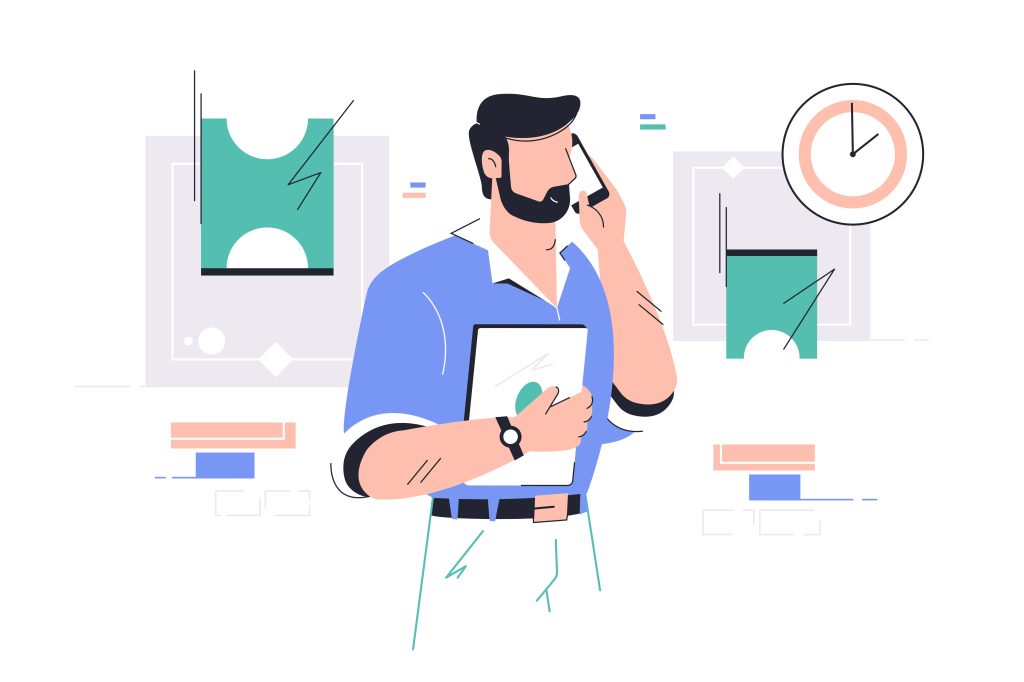
2D Character Animation in South Africa
The use of 2D character animation has become increasingly popular among businesses looking to improve visibility and recognition. With animation studios in South Africa offering high-quality services at competitive prices, they have the opportunity to create cutting-edge visuals and stand out from their competitors. From concept to completion, businesses can trust that they will receive a finished product that meets their expectations and delivers the desired impact.
2D animation is a complex art form, requiring the animation studio to possess various skills and techniques to produce high-quality animation. In South Africa, many animation studios specialise in 2D animation, providing experienced artists and animators who can create captivating visuals for your project. Whether you need animation for a commercial, video game, or short film, an animation studio in South Africa can provide you with the perfect solution. We offer specialised services such as storyboarding, character design, animation production, motion graphics and more. With our expertise and creative vision we can ensure that your animation is visually engaging and technically sound. From simple animation sequences to complex motion graphics, animation studios in South Africa can provide you with the animation services you need to create a truly unique product. All of which is charged at a considerably reduced rate.
Animation studios in South Africa are also capable of producing content for all industries, ranging from marketing, advertising, and entertainment to training videos and more. They are experienced in creating 2D characters that evoke emotion, tell stories and engage viewers. By using animation services such as these, businesses can ensure that their message is conveyed in the most effective way possible to capture the attention of potential customers and increase engagement with their brand.
With professional animation studios, clients can get high-quality 2D characters crafted with an eye for detail and attention to movement. These characters are easy to repurpose for additional applications including eLearning or Change Management. Our animators also have experience producing digital assets such as 3D models and backgrounds which can be used with the 2D characters to make them more dynamic and lifelike. With an experienced animation studio in South Africa, businesses can trust that they will receive only the best quality of animation services from a team who can take their project from concept to completion. Custom built and digitally delivered, without the need to leave the office.

Looking for Animation Studios in South Africa
When looking for an animation studio or company to work with in South Africa, it’s important to find one that has experience working on 2D character animation projects. This ensures that your project will be completed accurately and with the highest quality results possible. Working with experienced professionals from an established animation studio South Africa will also help minimise production time and costs.
Reviewing of an animation studio’s portfolio can be both exciting and challenging. Here are some tips to help you find the right studio for your next campaign:
Tip 1: Familiarise yourself with the studio’s portfolio – Make sure to take the time to really understand what each studio offers and what their animation style is like. Read reviews from other people, watch their demos and video examples, and get a good overall impression of what the studio has to offer.
Tip 2: Analyse the quality of the work – Pay attention to details such as design, color palette, character development, and overall flow. Ask yourself questions like “Is this stylised or realistic?”, “Are there any flaws?”, etc., in order to get an idea of how well-crafted the animations are.
Tip 3: Look at customer feedback – Don’t forget that customer feedback is key when it comes to reviewing an animated portfolio. If customers have had a positive experience with a particular animation studio – it speaks volumes about their attention to detail and quality control processes!
Tip 4: Compare different studios – Comparing different animation studios is important for getting an objective view about which one offers better value for money or has more professional animations on offer. Make sure you read reviews from people who have actually used each company’s services in order to get the best comparison possible.
Tip 5: Consider other factors – Apart from technical skills, consider things like communication standards, price range and turnaround times when deciding whether or not you’d recommend a particular animator or animation studio for others’ projects.
Working with an Animation Studio in South Africa
Once you have found the right animation studio for your campaign, it is time to start collaborating. In order to ensure the process works well, we have curated a bunch of tips for getting the most out of the relationship.
Tip 1: Set clear goals and expectations – Before beginning your work with an animation studio, make sure to clearly define what you want to achieve, what the timeline looks like, and how much input you plan to provide. This way, everyone involved will know exactly what their roles are and what the end goal is.
Tip 2: Communicate regularly – Make sure that both parties stay in contact during the process and update each other on any changes or new ideas that have been implemented into the project. Communication is key in order for both sides to stay on track and ensure that they reach their common goal successfully. Establish your channels of communication and collaboration in advance and plan them out according to your project plan.
Tip 3: Brainstorm together – Come up with creative solutions as a team – brainstorm different styles and techniques that could be used in order to find the best approach for the project at hand.
Tip 4: Ask questions – Don’t be afraid to ask questions when you’re unsure about something or need help understanding certain technical aspects of animation production. After all, this is why you’re working with professionals in the first place – so don’t hesitate to take advantage of their expertise.
Tip 5: Be open-minded – Even though it’s important for everyone involved to stay focused on the task at hand, don’t be afraid to explore new techniques or approaches suggested by your animation studio partners – as long as they remain within scope, of course!
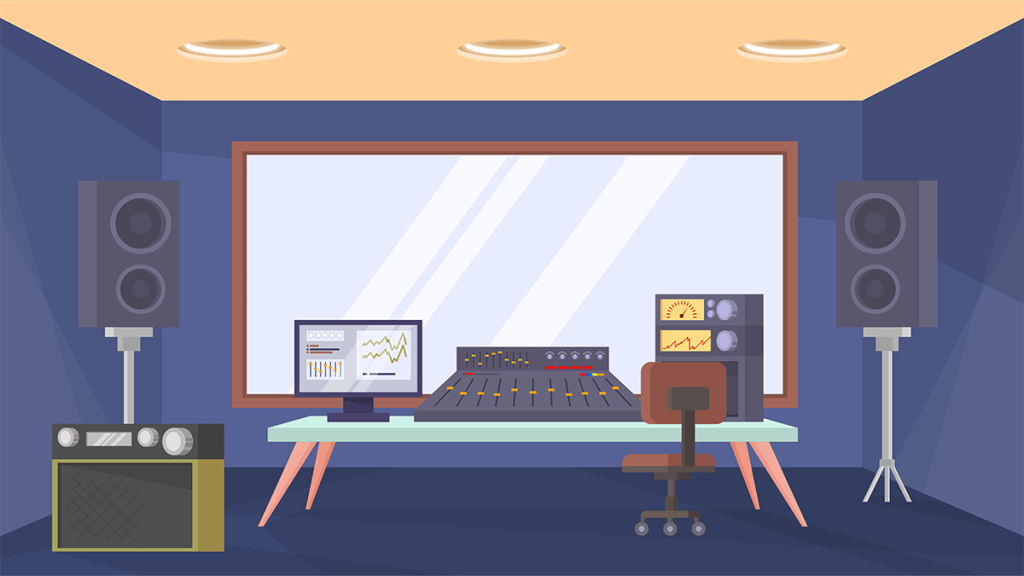
Types of Animation
Traditional Animation: This is the classic style of animation which involves creating hand-drawn images that are then photographed in sequence. This style of animation is usually not implemented in a business related content as it requires a great deal of budget and takes a long time to execute. The one advantage of this style of animation is that you can create something really unique which is often used for movies or very high budget productions.
2D Vector Animation: This type of animation uses computer software to create two-dimensional images that can be manipulated and animated. This is the most common form of animation and is widely used in both a corporate and marketing space. This style of animation includes 2D character animation and is often used in eLearning as well, especially when it comes to soft skills training.
3D Computer Animation: This type of animation involves using specialised software to create three-dimensional models and environments that can be manipulated and animated. 3D Animation is the most detail-orientated medium and allows for a more immersive experience. 3D Animation also allows you to model complex machinery or tools using existing CAD models. 3D Animation is the most ideal form for health and safety training as it eliminates the need to film in a hazardous environment and allows you to accurately depict complex procedures and processes.
Stop Motion Animation: In this type of animation, physical objects are moved and photographed in small increments, creating the illusion of movement. The most common stop-motion is in the form of Claymation or Clay Animation. This style is very unique and makes for a memorable viewing experience. The downside is that it is very time-consuming as you have to configure every single frame of the animated video. As a result this style of animation is very costly.
Motion Graphics: This type of animation involves creating animated graphics and text using computer software. This style of animation is the most common and is a staple in most video production. It typically features in video intros, outros, transitions, call-to-actions and branding animation like logo animations. The great thing about professional motion graphics is that once you have them developed you can create video templates out of them to speed up production time. You also speed up production by creating reusable assets for future content updates.
Whiteboard Animation: In this type of animation, a story is told through hand-drawn images that are created in real-time on a whiteboard. This style of animation is perfect for complex or sensitive topics as you can break them down in a non-offensive manner that simplifies the topic. Whiteboard is a great style of animation for complementary content or for product explainer videos. It is important to note that despite the name, Whiteboard Animation does include colour. This style of animation is also very easy to update and as such is one of the most practical styles to implement for corporate communication, marketing and even eLearning.
Cutout Animation: This type of animation involves creating flat, two-dimensional characters and objects that are manipulated and animated in a puppet-like fashion. This style of animation is essentially produced the same way you would whiteboard or 2D but it has its own unique appearance. It works particularly well when coupled with storytelling as it re-enacts a puppet show which is typically used in old-school stories.
Each type of animation has its own unique look and feel, and can be used to tell different kinds of stories. The trick is matching the right style with your content goals, message and budget.
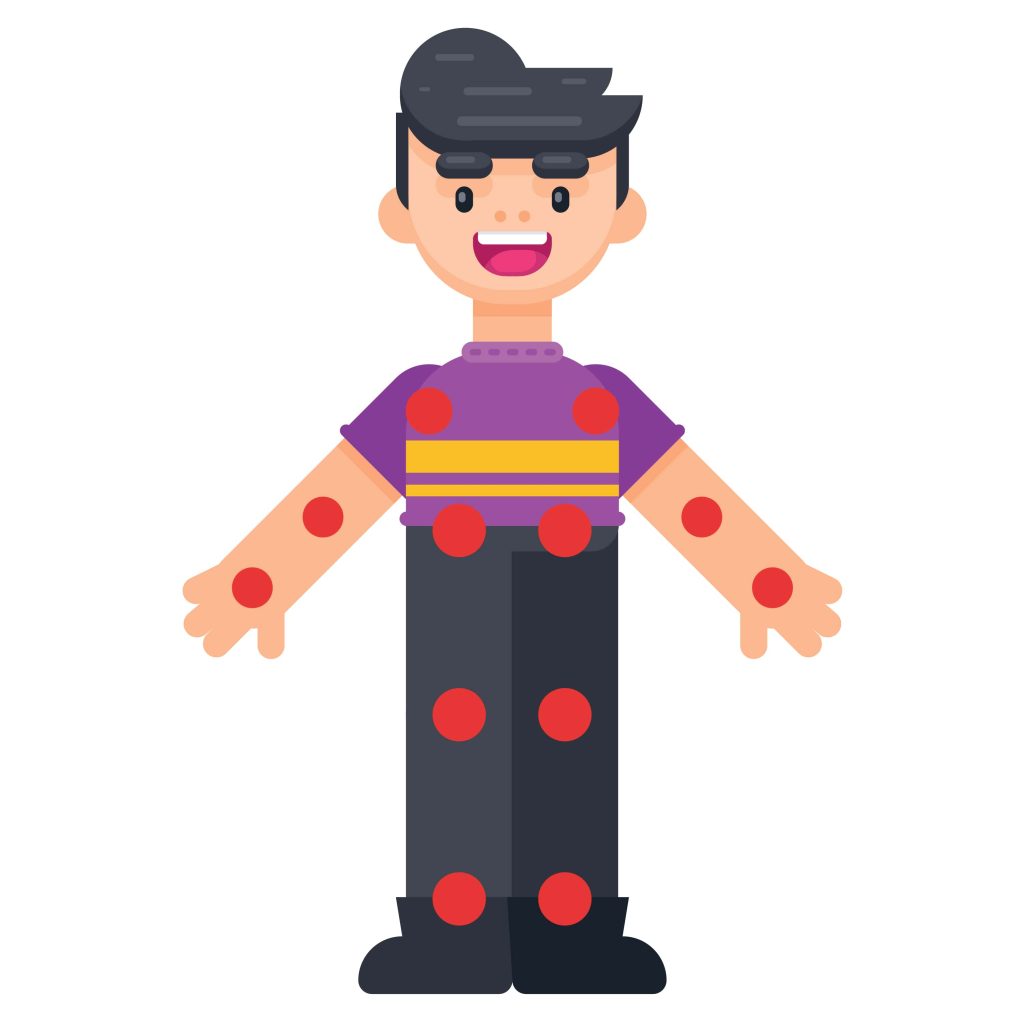
2D Character Animation for eLearning
2D character animation can be a great way to make eLearning content more engaging and effective. It comes with a slew of benefits and is considerably faster to produce compared to traditional video.
The benefits of 2D Character Animation for eLearning
Improved Engagement: 2D character animation can make eLearning content more engaging and interactive by providing learners with visual aids and additional topical insights. You can also enhance your eLearning with supplementary and complementary animations to further assist your learners.
Better Understanding: Animated characters can help learners better understand complex concepts by breaking them down into more intuitive and simple terms, making it easier to grasp the core concepts of the material. If you are dealing with a lot of complex topics, consider Whiteboard Animation as it is perfect for building up a concept frame by frame.
Increased Retention: Animated characters can also help learners retain information better because they can provide learners with a visual representation of the material that can be easier to remember. This is especially effective when coupled with a story. Make sure when writing your script that you create space for your story to grow. The last thing you want to do is kill your story continuity only to realise there is still a ton of content to cover.
Flexibility: 2D character animation can be quickly modified and reused, making it a cost-effective way to create a range of training materials. One of the main benefits of eLearning is the ability to keep the content relevant and timely, which is why you want to choose a content medium that is easy to update.
Accessibility: Animated characters can be used to create content that is more accessible and engaging for learners with disabilities, who may have difficulty processing written or spoken information. This also applies to language translations, as it is much easier to repurpose your animation clips in multiple languages compared to traditional video.
Tips for creating effective 2D character animations for eLearning
Keep it simple: Choose characters that are easy to animate and don’t have overly complex movements or features. This will make the animation process easier and also help learners focus on the content rather than being distracted by the animation. There is a fine line when it comes to production value. Too little and your quality drops, too much and you are just paying extra for things to a little shinier.
Create a consistent style: Choose a consistent style for your characters and stick to it throughout the course. This will help learners identify with the characters and build a connection with them, making the content more memorable. Keep in mind that your eLearning content will be updated from time to time so make sure that choose a style that is easy to manipulate.
Use facial expressions: Facial expressions can be a great way to convey emotions and help learners connect with the characters. Use a range of expressions to keep things interesting and help learners stay engaged. You can do the same thing with your voice recording or text-to-speech, by adding variance in how the voice is recorded you can further compliment the characters’ emotions.
Make it interactive: Use animations to create interactive elements within the course, such as quizzes or games. This will help learners stay engaged and also reinforce the material. You can also take it a step further by adding interactive elements to the eLearning content and then demonstrating how to use them with the characters. This strategy also works well with explainer videos and competition-driven campaigns.
Tips for updating your 2D Character Animations
Study other Campaigns: Take the time to analyse the work of other successful animation campaigns and study their approach. This can help you get a better understanding of what works and what doesn’t. When in doubt consult your animation studio, they will be well versed in strategies for updating your videos in a practical manner.
Work on your timing: One of the most important aspects of animation is timing. Pay close attention to the amount of time it takes for each movement or action to occur, as this can greatly impact the overall feel of the animation. This is especially important when updating animated videos as a simple addition can change the timing of everything. If you plan on translating your videos in multiple languages, beware the different timings with each language. They vary greatly and will cause confusion when not adhered to.
Use references: When animating something like a walk cycle or a specific action, it can be helpful to use reference materials such as photographs or videos. This can help you create more realistic and fluid movements. An easy way around this is to create a storyboard for your updates. This way each scene can be planned properly and enhanced with reference material.
Keep it simple: While you might be tempted to add lots of intricate details to your animations, sometimes keeping things simple can be more effective. Focus on conveying the message or story in the most efficient way possible. To further simplify the process, consider using your existing digital assets as opposed to creating new ones where possible. Sometimes reevaluating a plan might be more practical in the long run.
Get feedback: As a client your role is to provide the contextual business insights unique to your company in a manner that allows the animation studio to create personalised content. Regular feedback and strong reference material goes a long way during this process.
Consider your publishing strategy: Every platform has its own meta game and SEO strategies, so make sure you consider them prior to production, as each platform may influence your production tasks and video approach.
Evergreen Content: Sometimes topics age better than others. If your content covers timely topics it will be difficult to update them at a later stage. So make sure you create content that is easier to update.
The 2D Character Animation Video update process
Storyboarding: The first step is to create a storyboard that outlines the sequence of events in the video. The more complex the project the more detailed your storyboard should be.
Character design: Once the storyboard is finalised, the characters are designed and their movements are sketched out. If you are updating existing content, these characters might already be developed.
Animation software: The animators then use specialised animation software to bring the characters to life. This software allows them to create complex movement and special effects. When in doubt consult your storyboard and animation studio in South Africa.
Colour and shading: After the animation is complete, the characters are coloured and shaded to give them depth and texture. If you planned this well, this process should be very quick, assuming you are using existing animated assets.
Sound design: The final step is to add sound effects, music, and voiceovers to enhance the overall experience. Once again, make sure when translating your videos that you consider the cadence of each script and voice over.
Throughout this process, animation studios may use a variety of techniques to update their 2D character animation videos. Some studios may rely more heavily on traditional hand-drawn animation techniques, while others may use a combination of traditional and digital techniques. Ultimately, the goal is to create engaging and visually appealing videos that tell a compelling story and capture the attention of the audience.
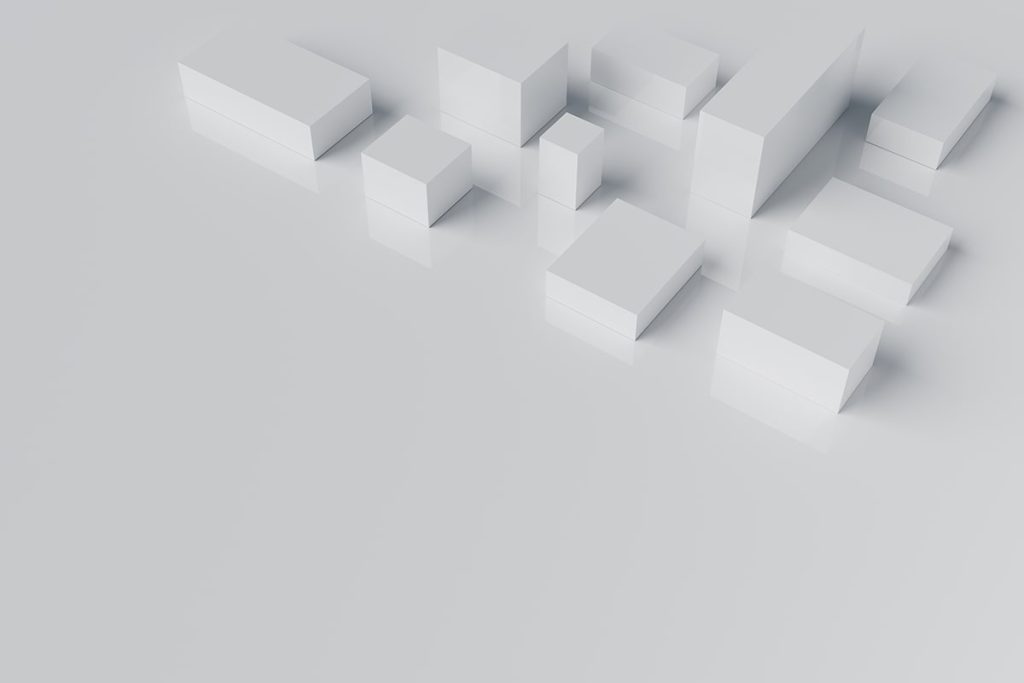
Challenges and Solutions for 2D Character Animation Studios in South Africa
Navigating the animation industry in South Africa is not without its unique set of challenges. Being geographically distant from the world’s major animation markets like the US, Europe, and Asia can often pose logistical hurdles. Moreover, the socio-economic context of South Africa brings its own set of obstacles. However, South African studios have managed to employ creative solutions to address these challenges, solidifying their presence on the global stage.
1. Skill Development and Talent Retention:
Challenge: One major challenge is the exodus of skilled animators seeking opportunities abroad. This has sometimes led to a drain of talent from the country, as animators seek better remuneration and global exposure.
Solution: South African studios have started investing more in training and skill development programs for budding animators. Furthermore, by offering competitive salaries, a conducive work environment, and opportunities to work on international projects, studios are increasingly able to retain top talent.
2. Infrastructure and Technological Constraints:
Challenge: Access to cutting-edge technology and infrastructural constraints can sometimes impede the smooth execution of projects, especially when collaborating with international clients.
Solution: Many South African studios are now partnering with tech companies and investing heavily in infrastructure. This ensures they have access to the latest software and hardware necessary for high-quality animation. Cloud-based collaborative tools have also made remote work and international collaborations seamless.
3. Financial Challenges of Animation Studios in South Africa
Challenge: Financing projects can be tough. With limited access to funding from traditional sources, studios often face difficulties in bringing their projects to life.
Solution: Crowdfunding, co-productions with international studios, and governmental grants have emerged as viable alternatives. Additionally, by offering services at competitive rates, South African studios attract foreign businesses looking for high-quality animation solutions without breaking the bank.
4. Cultural Representation of Animation Studios in South Africa
Challenge: The global market often demands content that resonates universally, which might not always align with the distinct cultural nuances of South Africa.
Solution: Instead of viewing this as a limitation, studios have turned it into a strength. By creating content that is deeply rooted in South African culture but narrated in a universally appealing manner, studios have been able to carve a niche for themselves. This blend of local flavour with global appeal has been a unique selling point for many South African animations.
5. Competition from Established Markets:
Challenge: Breaking into markets dominated by established players from regions like North America and Asia is tough.
Solution: South African studios focus on their strengths – a unique storytelling perspective, competitive pricing due to favourable exchange rates, and a blend of both traditional and contemporary animation techniques. By positioning themselves as a bridge between Western and Eastern animation styles, they offer something truly distinctive.
While the path for 2D character animation studios in South Africa is laden with challenges, innovative solutions, steadfast resilience, and the indomitable spirit of South African animators have paved the way for remarkable success. Embracing both traditional and modern techniques, and with a commitment to storytelling excellence, South Africa’s animation industry is not only growing but also setting new benchmarks. As the industry continues its upward trajectory, there’s no doubt that South Africa will play an even more pivotal role in the global animation landscape in the years to come.

The Future of a 2D Animation Studio in South Africa
South Africa’s animation industry, with its rich tapestry of cultures, stories, and talent, is perfectly poised to become a global powerhouse in 2D animation. Over the past few years, the nation has witnessed a surge in its creative sectors, and 2D animation studios stand at the forefront of this promising evolution. Here are some of the factors that have contributed to their continuing success:
Diverse and Authentic Storytelling
South Africa’s animation industry, with its rich tapestry of cultures, stories, and talent, is perfectly poised to become a global powerhouse in 2D animation. Over the past few years, the nation has witnessed a surge in its creative sectors, and 2D animation studios stand at the forefront of this promising evolution.
Global Reach Through Technology
Technological advancements have revolutionised the distribution of animated content. This transformation ensures that an animation studio in South Africa can effortlessly connect with audiences around the world. With the rising demand for unique and fresh content, South African 2D animations are perfectly positioned to meet and exceed these global expectations.
Supportive Infrastructure
Additionally, the South African government and private sectors are recognising the potential of the animation industry. With increased support in the form of grants, training programs, and incentives, there is a concerted effort to nurture and grow this sector.
Beyond Entertainment: Expanding Horizons
Lastly, the spirit of innovation and resilience that South African studios embody ensures their adaptability and growth. They are not just limited to entertainment; there’s a growing trend of employing 2D animation in education, advertising, and corporate communications, further expanding their horizons.
In conclusion, the future looks incredibly bright for 2D animation studios in South Africa. With a perfect blend of unique storytelling, technological advances, supportive infrastructure, and an unyielding spirit of creativity, these studios are set to leave an indelible mark on the global animation landscape.
Expanding the Horizons of 2D Character Animation in South Africa
As South Africa’s 2D animation industry continues to grow, it is exploring new frontiers and applications, expanding beyond traditional entertainment. This evolution is characterised by a blend of innovation, cultural richness, and technological advancement, opening up a world of possibilities for various sectors.
Corporate and Marketing Ventures
Brand Storytelling: Companies are increasingly using animation to tell their brand stories in an engaging and memorable way. South African animators are adept at weaving local cultural elements into these narratives, creating a unique brand identity that resonates both locally and globally.
Product Explainers: The demand for animated explainer videos has skyrocketed. South African studios are leveraging their expertise to create concise, impactful videos that break down complex products or services into easily understandable content.
Social and Cultural Impact
Social Awareness Campaigns: Animation is being used as a tool for social change. Studios are producing content that addresses critical social issues, from environmental conservation to public health, using animation to educate and inspire action.
Preserving Cultural Heritage: Animators are also focusing on projects that showcase South Africa’s rich cultural heritage, creating animated stories that celebrate and preserve traditional tales and folklore for future generations.
Technological Innovations
AI in Animation: The integration of artificial intelligence in the animation process is opening new avenues for creativity and efficiency. South African animators are exploring AI-assisted animation to enhance their storytelling capabilities.
VR and AR Integration: With the rise of virtual and augmented reality, South African studios are experimenting with incorporating 2D animation into these immersive technologies, offering novel experiences in gaming, education, and interactive media.

Whether you are looking for an animated video or a series of commercials featuring 2D characters, we have the experience and expertise necessary to produce results that exceed your expectations. We even have experience developing eLearning, which means we can provide a truly bespoke service. Contact us today to learn more about our services and how we can help your business reach its goals through 2D character animation.
We are a leading video production company in Johannesburg and have one of the top learner management systems in South Africa. We specialise in Video Production, Photography, Graphic Design, eLearning Development, Web Design, Animation and Creative Consultation. | info@oliverkarstel.co.za | www.oliverkarstel.co.za | IG.com/oliverkarstel






